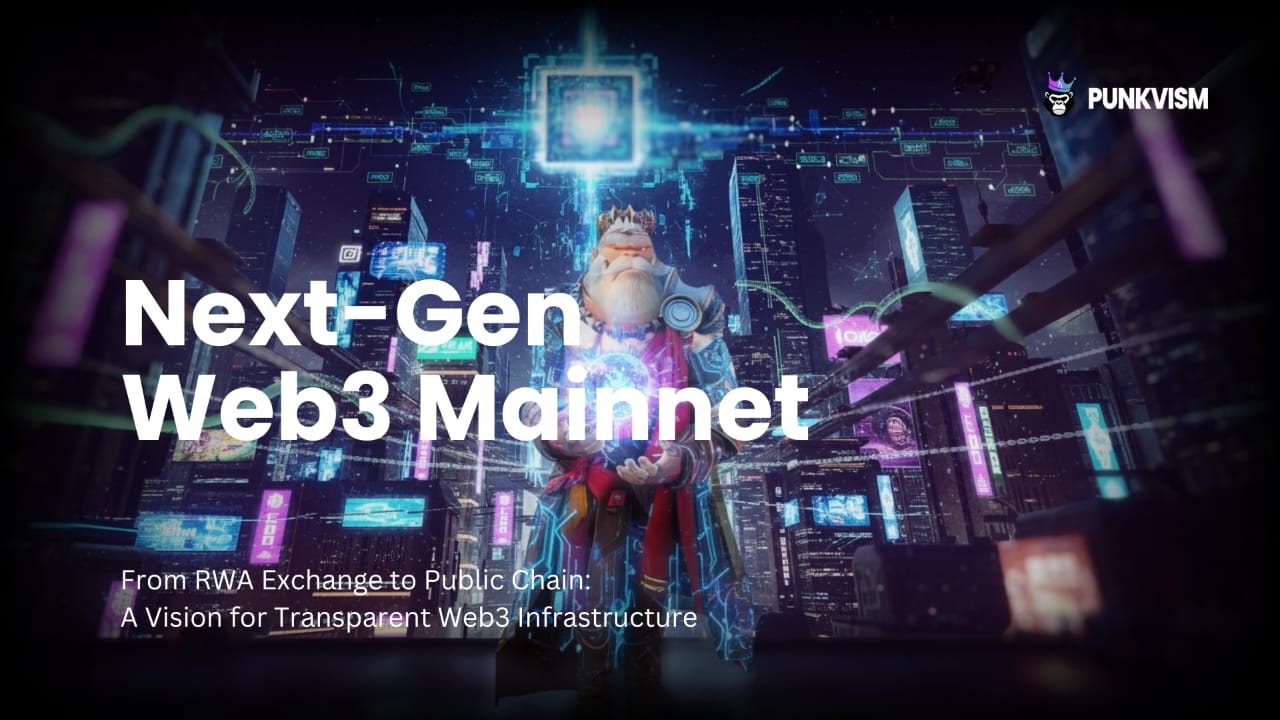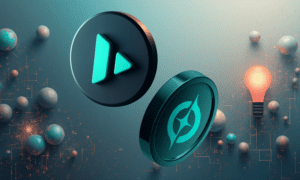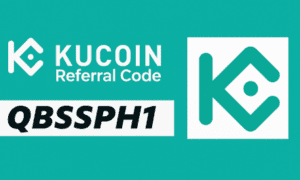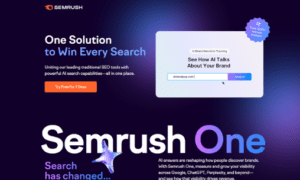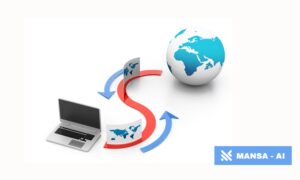Blockchain company Punkvism has officially unveiled its independent mainnet, “PunkChain,” presenting its vision to become Korea’s leading Web3 infrastructure platform. Through its latest AMA, Punkvism revealed for the first time PunkChain’s technical architecture, development roadmap, and real-world asset (RWA)-based ecosystem strategy.
PunkChain is designed to go beyond a conventional transactional blockchain, positioning itself as an infrastructure bridge between real-world assets and the digital economy. Through this network, Punkvism plans to integrate RWA-linked projects, NFTs, tokens, and reward systems into a unified ecosystem. The blockchain is built around two core pillars — the RWA Exchange and the RWA Public Chain — enabling issuance, trading, settlement, and verification to occur seamlessly within one network.
By interconnecting these functions, PunkChain aims to simplify how real-world assets are tokenized, transferred, and validated, creating a transparent and efficient financial layer that supports both developers and enterprises entering the Web3 economy.
Initially, PunkChain will adopt a Proof-of-Work (PoW) consensus mechanism to ensure decentralization and security. Once a sufficient number of participants and nodes are established, the network will transition to Proof-of-Stake (PoS). The company emphasized that this transition will be conducted transparently, with all metrics, conversion criteria, and reward structures publicly shared with the community — a roadmap that underscores Punkvism’s focus on trust, transparency, and efficiency.
Engineered for both practicality and scalability, PunkChain targets an average block time under ten seconds and a transaction speed (TPS) of 15,000–20,000, while maintaining gas fees comparable to Solana. This ensures that RWA projects and real-asset-linked transactions can operate cost-effectively and at scale.
To promote developer accessibility, PunkChain offers full EVM (Ethereum Virtual Machine) compatibility, supporting standard token protocols including ERC-20, ERC-721, and ERC-1155. Developers can integrate issuance, settlement, and verification processes through a REST API gateway, with cross-chain bridge functionality scheduled for phased implementation. This compatibility allows Ethereum-based DApps to onboard easily without complex migration.
On the security front, PunkChain implements a Secure Node Architecture to minimize DDoS vulnerabilities, supported by a Byzantine Fault Tolerance (BFT)-based mechanism to maintain stability even under partial node failures. All issuance, distribution, and settlement data will be recorded on-chain for auditability, while sensitive information is protected through hash-based off-chain anchoring, reinforcing the network’s reliability.
During the AMA, Punkvism highlighted how PunkChain will serve as the technical backbone for its expanding RWA projects — including the MiniRoom NFT Project, claw machine RWA initiative, and sports and entertainment-based physical NFT ventures. These will all be integrated into a single economic network under PunkChain, advancing Punkvism’s vision of building a Web3 platform that truly connects blockchain with the real economy.
Punkvism CEO Hyun-Ki Hwang stated,
“PunkChain is not just a mainnet — it is an RWA economic platform designed to bring Korea’s real economy onto the blockchain. We will ensure full transparency throughout the technical disclosure and governance transition process, establishing Punkvism as a Web3 infrastructure that evolves together with its community.”
Punkvism plans to sequentially announce the testnet schedule, PoW-to-PoS transition criteria, initial DApp onboarding lineup, and beta version of its RWA exchange in the a Moore future coming months.

